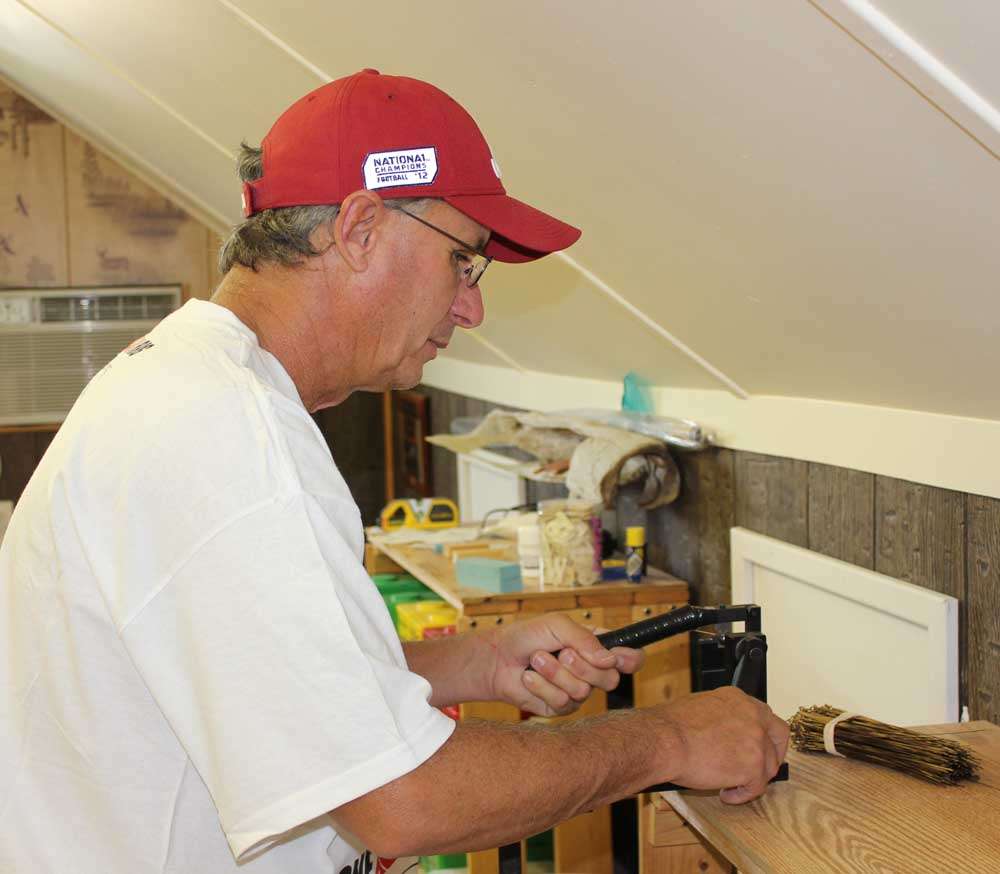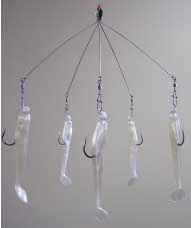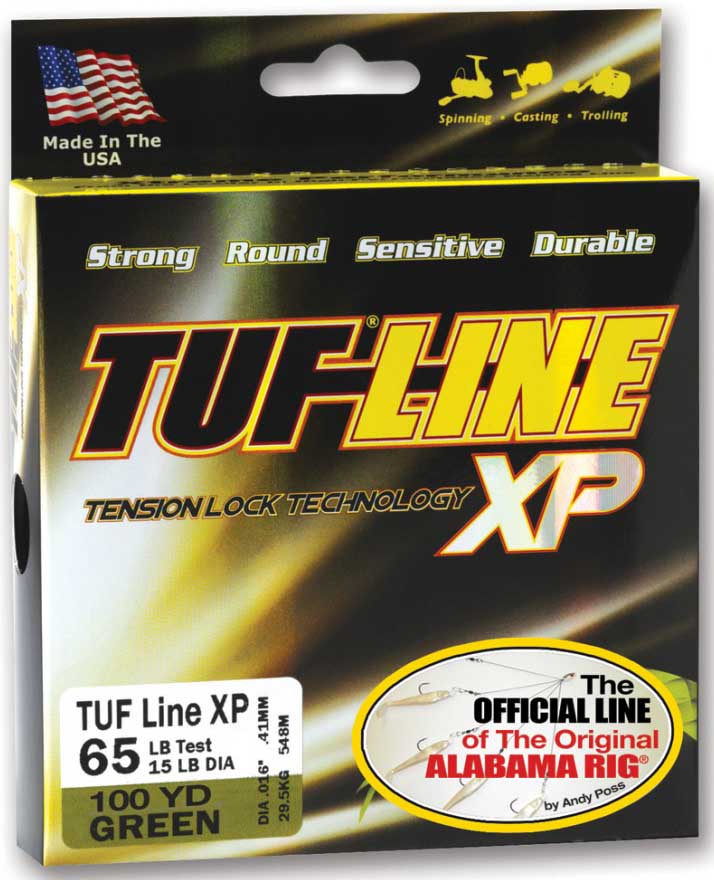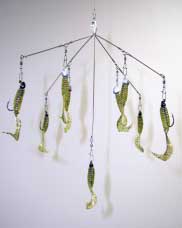
The castable umbrella rig (CUR) came to prominence a couple of years ago, and even though anglers in the Bassmaster Elite Series and Bassmaster Classic aren’t allowed to use it in practice or competition, plenty of others have used the rigs with great success, winning dozens of tournaments and millions of dollars along the way.
Andy Poss invented the CUR, and his Alabama Rig, in the hands of Elite pro and 1982 Bassmaster Classic champion Paul Elias, brought the new presentation style to the public eye. Much has changed in the CUR landscape in a short period of time, but much remains the same. The idea behind the rig is to present multiple lures (usually three or more) at one time — something few bass have ever seen unless they happened to share waters with striped bass where trolling is popular.
If you haven’t tried CURs, you’re missing out on a method that works. If you live in a state that prohibits the use of multiple baits (check your local regulations) or if you have moral or philosophical issues with the rigs, you might want to stop reading here.
But if you’re interested in catching more bass and willing to use whatever legal and sporting means are available to you, you just might learn something from this series.
The Basics
Andy Poss started the craze. He invented the first CUR several years ago, and still designs and builds them for Mann’s Bait Company. There are many variations in the Mann’s line, from the original — known as the Alabama Rig I — to the latest generation that will be released in a few weeks (the Alabama Rig VI). They all present multiple targets to a fish, though in slightly different forms and with varying degrees of interchangeability and modification.
The rigs typically weigh anywhere from a couple of ounces to nearly a pound and sport three or more hooks. Casting such a device earned this method the humorous nickname “heaving the chandelier.” The process tends to be about as dainty as a bass clubber in a buffet line.
The Cast
“The key to casting the Alabama Rig is the right rod,” Poss says. “If your rod is too short or has wrong amount of tip, you’re going to wear yourself out in just a couple of hours.”

Of course, the right mechanics are important, too. If you try to snap your wrist or make an underhanded roll like you’d use to throw a plastic worm or spinnerbait, you’re not going to like the results.
The CUR requires more shoulder, more forearm and more of an upper body pivot than most other casting techniques. You want to use the big muscles in your shoulders and biceps to help launch the rig. Try to do too much with too little, and you’ll be needing a break and a massage.
“The ideal rod is between 7 1/2 and 8 feet long,” Poss says. “My favorite is the 7-foot, 11-inch React Pro Alabama Rig rod from Seeker. It’s got the right tip action and can handle rigs weighing from one to eight ounces. Most of my rigs are between three and eight ounces, and the Seeker is a great match for that.”
The Reel and Line
When you’re casting something so heavy and bulky, you need a stout rod, but it doesn’t stop there. You’ll need a strong reel and some heavy line to go with it. There are plenty of quality baitcasters that can handle a CUR, but you want to make sure they also have adequate line capacity for a long cast.
“My reel of choice for the A-rig is the Abu Garcia Revo Winch Generation 3 with a 5.4:1 gear ratio,” Poss says. “It’s made for high resistance baits and rigs and holds plenty of line.”

As the tether between you and your big, heavy CUR, fishing line is not the place to wimp out. You need something stout and strong that lasts, and that means heavy braid. Poss recommends 100-pound-test TUF Line XP Braided Line.
That’s right — 100-pound-test!
“You don’t want to break off when you’re fishing the A-rig, and heavy line means you’ll usually get your rig back with a little finesse or some pulling.”
But don’t just grab your line and pull when you get hung up. That’s a great way to get a line cut that’s going to need stitches. Instead, carry a piece of hardwood (a hammer handle works great) and wrap the line around it before using it to pull the rig free. And don’t forget to wrap the line around the wood so that it overlaps and crosshatches — kind of like your levelwind does it on your reel. After all, nothing cuts fishing line quite like fishing line.
Jig Heads and Baits
Matching the hatch is pretty important with any type of fishing — from bass to barramundi — and it’s no different when fishing a CUR. You’ll do yourself a big favor by knowing the size and color of the most popular baitfish in your favorite fishery.
“Here on the Tennessee River impoundments, where I do most of my fishing,” Poss says, “baits that are 4 or 4 1/2 inches long work best. Most of the baitfish here are about that size.”
Generally, you should start with smaller baits early in the season (when baitfish are smaller) and upscale as the year progresses (and the baitfish grow). The biggest baits that Poss uses on his Alabama Rigs are 6 1/2-inch Shadalicious soft plastic swimbaits from Strike King.
Configuration
After you’ve got jigheads and baits on all the arms you plan to rig, take a look at your CUR. Those arms are flexible for a reason. You can spread them or tighten them up to your heart’s content, but know that it’s likely to have a big effect upon your success.
“Having used these things for years now and tried just about every possible combination,” Poss says, “I can tell you that one of the biggest keys to catching bass is keeping the whole thing together as tightly as you possibly can without it getting all tangled up.”
Think about it. Baitfish typically school very closely together. If you keep your bait configuration tight, it will look more natural … and catch more bass.
Other Tools
Because CURs aren’t cheap (they start at about $7, but most sell for between $15 and $30, and that’s before you put a jig head or bait on it), it’s always a good idea to carry a lure retriever of some kind — either an old school plug knocker or one of those telescoping models that can reach down a dozen feet or more. Losing an expensive CUR can put a real damper on your day.
Poss carries a lure retriever, but acknowledges that the best way to free the rig from an obstruction is to get over the top of the snag (or just on the far side of it) and shake it until it works itself free. It’s rare for him to lose a rig after using this technique. If it fails, that’s when he brings out the hammer handle and starts pulling.
Next: In Part 2, Paul Elias talks the finer points of CUR fishing.






